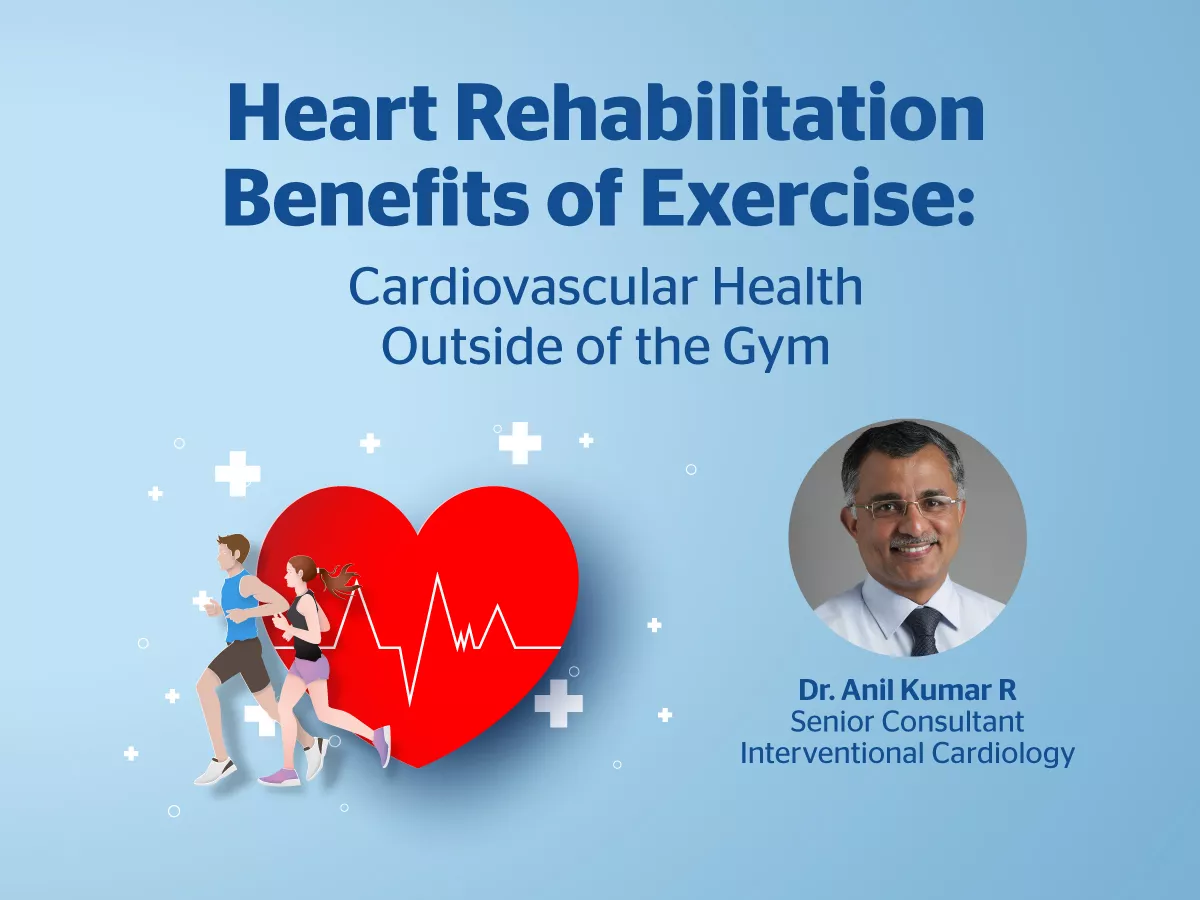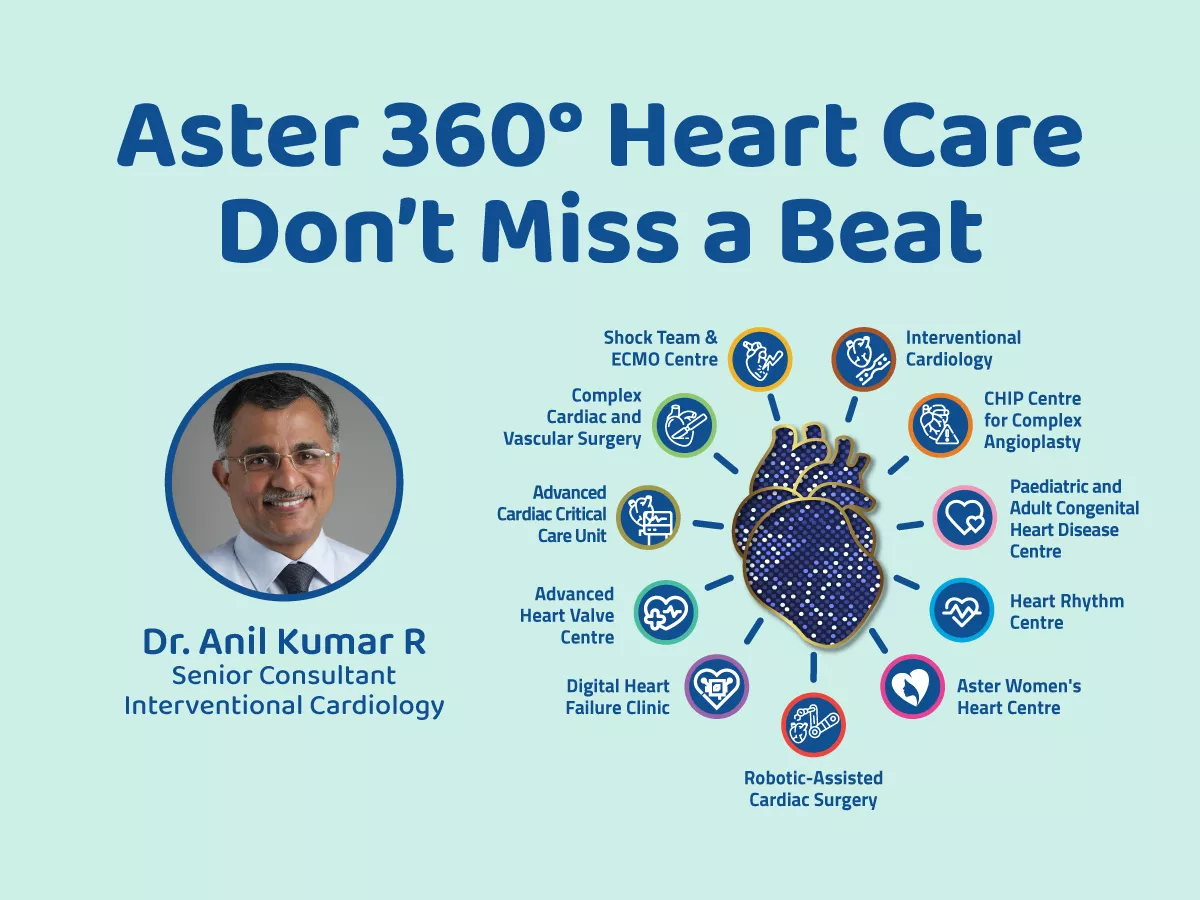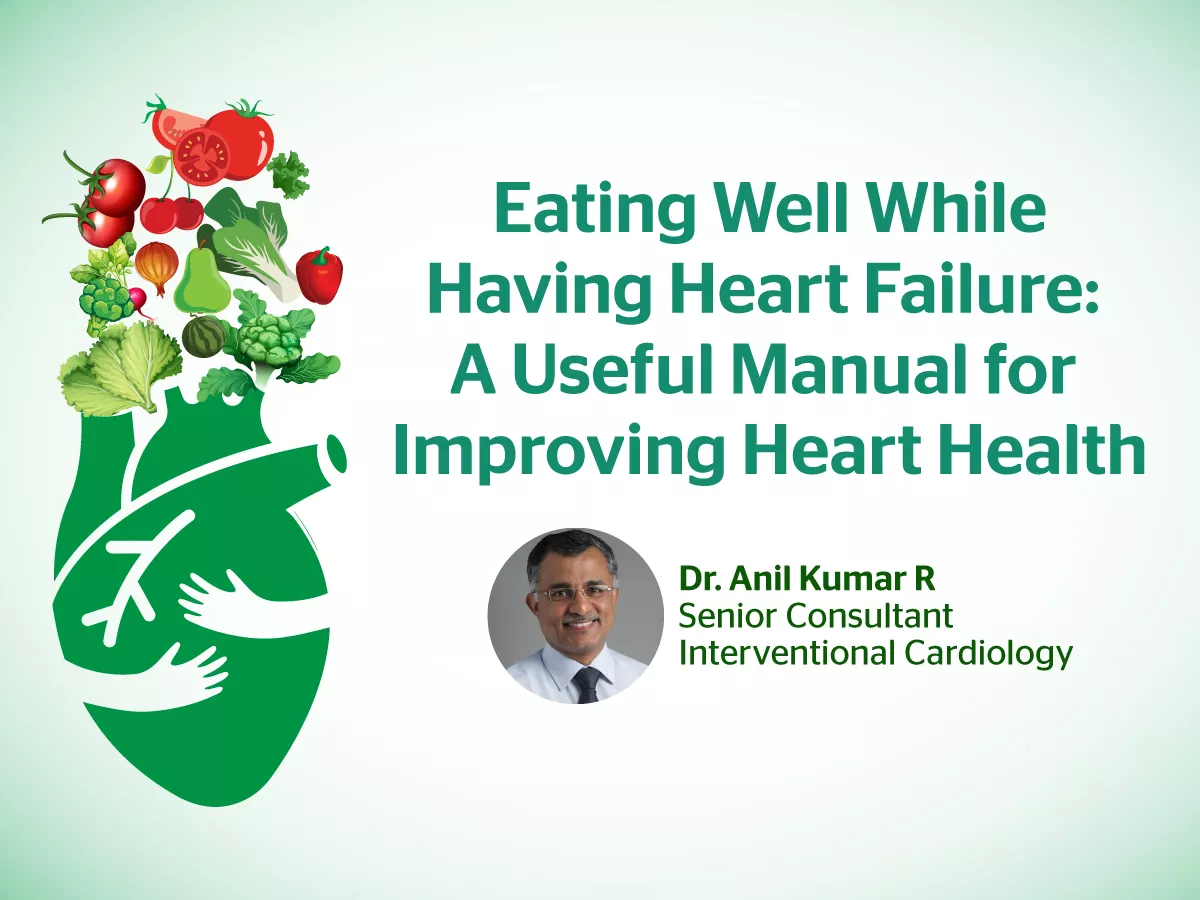Exercise is essential for long-term heart health and recovery. For those who have had a heart attack, surgery, or other cardiovascular event, heart rehabilitation, also known as cardiac rehab, is an organized program that incorporates physical activity customized to meet their individual needs. However, exercise offers many benefits beyond just "getting fit"; it helps improve circulation, strengthen the heart, and reduce the chance of future cardiac problems. The purpose of exercise in cardiac rehabilitation, the types of exercises typically included, and how they support heart health will all be covered in this blog post.
If you’re looking for professional guidance on recovery after a cardiac event, visiting a cardiologist in Kochi Kerala at a reputed cardiology hospital in Kochi Kerala can help you begin your journey toward better heart health.
Heart Rehabilitation: What Is It?
A medically supervised program called cardiac rehabilitation is intended to help individuals with heart issues recover, enhance their heart health, and lower their chance of experiencing another cardiovascular incident. The three primary components of the program are usually exercise, heart-healthy living instruction, and psychological support. A vital part of rehabilitation is exercise, which is usually tailored to the goals and health status of each individual. Regaining strength, enhancing cardiovascular function, and laying the groundwork for a heart-healthy lifestyle long after rehabilitation is over are the objectives.
Patients who join a heart hospital in Kochi Kerala often receive personalized cardiac rehab programs designed by expert cardiologists to meet their specific health needs.
The Advantages of Physical Activity for Heart Rehabilitation
There is much more to exercise in cardiac rehabilitation than just getting moving. It is a technique that has been clinically shown to enhance heart health and function. How it aids is as follows:
1.Strengthening the Heart
In order to pump blood and oxygen to your muscles during exercise, your heart must work harder.Over time, the heart muscle becomes stronger as a result of this increased activity, improving its pumping efficiency. This kind of exercise aids in the heart's gradual restoration to normal function in people who have had heart surgery or an attack.
The heart can pump blood more efficiently as it gets stronger, which eases the burden on the cardiovascular system and lowers the risk of developing new heart issues. Frequent moderate exercise also strengthens the heart's ability to withstand daily stress and physical strain.
2. Enhancing Blood Flow and Circulation
By boosting the heart's efficiency and encouraging the growth of new blood vessels, exercise helps to enhance circulation. Vital organs and tissues receive more blood when the heart pumps more efficiently. The danger of blood clots, atherosclerosis (plaque accumulation in the arteries), and other cardiovascular problems is decreased by this improved circulation.
Shortness of breath and chest pain, which are frequent following heart-related events, are also lessened by increased blood flow. During cardiac rehabilitation, patients who engage in regular exercise frequently report a notable increase in their general vitality and stamina.
3. Reducing Blood Pressure
One of the main risk factors for heart disease is high blood pressure, or hypertension. The capacity of exercise to help reduce both systolic and diastolic blood pressure is one of its main advantages in cardiac rehabilitation. Frequent exercise improves vascular health and dilates blood vessels, which facilitates easier blood flow and lessens the total burden on the heart.
A lower blood pressure indicates a lower chance of heart attacks, strokes, and other problems in the future. Exercise is one of the best strategies for lowering blood pressure in patients recuperating from cardiac issues.
4. Optimizing Levels of Cholesterol
An important factor in lowering cholesterol is exercise. Low-density lipoprotein (LDL), also referred to as "bad" cholesterol, is drawn out of the bloodstream by increasing high-density lipoprotein (HDL), or "good" cholesterol. Exercise lowers the risk of plaque accumulation in the arteries and improves heart health by raising HDL and lowering LDL levels.
5. Helping People Lose Weight and Control Their Diabetes
Diabetes and obesity are important heart disease risk factors. Exercise routines that support weight loss and blood sugar regulation are frequently a part of cardiac rehabilitation programs. Losing weight lowers the risk of heart disease recurrence by improving blood pressure, lessening the load on the heart, and lowering the chance of type 2 diabetes.
Exercise - Types for Heart Rehabilitation
Depending on the skills and health of the individual, cardiac rehabilitation programs usually include a mix of aerobic, strength, and flexibility exercises. A closer look at the many workout categories that are frequently covered is provided below:
1. Aerobic Workouts
The purpose of aerobic activities is to raise heart rate and enhance cardiovascular stamina. These activities, sometimes referred to as "cardio," aid in lung capacity expansion, circulation improvement, and heart strengthening.
Typical aerobic exercises in cardiac rehabilitation regimens consist of: Walking (either outside or on a treadmill), Riding a bike (stationary or otherwise), Swimming; using an elliptical machine; and doing low-impact dance or aerobics programs
In order to improve cardiovascular function without going overboard, the objective is to increase endurance and bring the heart rate into a safe, targeted zone.
2. Exercise for Strength
Programs for cardiac rehabilitation frequently incorporate strength training, also known as resistance exercise, to aid in the development of muscle mass and strength. Stronger muscles facilitate daily duties by increasing the body's overall efficiency. Additionally, it aids with weight control, which may improve heart health.
Strength training for heart patients often entails light to moderate resistance using: Resistance bands, Bodyweight exercises (such as lunges, squats, and modified push-ups), Free weights or dumbbells. Additionally, strength exercise helps to improve balance and bone health.
3. Stretching and Flexibility Activities
Exercises for flexibility are crucial for increasing range of motion and avoiding injuries. Stretching improves mobility, eases tense muscles, and lessens stiffness. Additionally, stretching encourages relaxation, which can reduce stress and enhance emotional health.
Flexibility exercises in a standard cardiac rehabilitation program could consist of:
- Light stretching for the back, arms, and legs
- Gentle mobility activities; yoga or tai chi, if suitable for the patient's condition
Conclusion
Because it enhances the health of the heart, circulatory system, and entire body, exercise is fundamental to cardiac rehabilitation. Exercise is crucial for lowering blood pressure, boosting blood circulation, strengthening the heart muscle, and controlling weight. It also helps minimize the chance of heart disease events in the future.
Heart rehabilitation provides a secure and encouraging setting for individuals recuperating from heart disease to progressively increase their level of physical fitness. The advantages go much beyond simply being stronger; they offer a good basis for a lifetime of heart-healthy living.
Find out how exercise can be crucial to your recovery and long-term heart health by talking to your healthcare physician about beginning a cardiac rehab program after a heart incident or surgery. Your future self and your heart will appreciate it! The benefits extend far beyond just getting stronger; they provide a solid foundation for a heart-healthy lifestyle that lasts a lifetime.
If you’ve had a heart event or surgery, speak to your healthcare provider about starting a cardiac rehab program and discover how exercise can play a pivotal role in your recovery and long-term heart health. Your heart—and your future self—will thank you!











